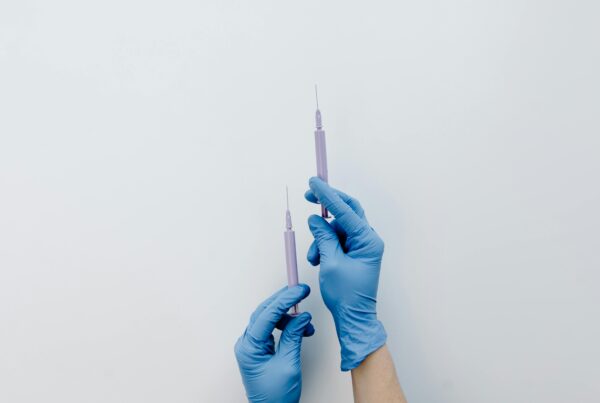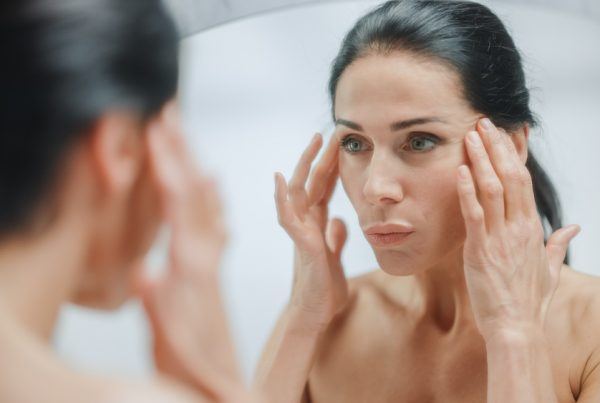The function of a chemical peel is to use a skin-friendly acid base to remove the superficial layers of your skin. In turn, your body will instantly trigger its response to replace whatever skin it has lost. It does this by targeting the fibroblasts in the deeper layer of skin. Which immediately respond to the acid by producing more collagen.
What is a Chemical Peel?
“With peels, the skin rejuvenates itself with new, baby skin. So the skin is younger, fleshier, better hydrated and contains more collagen and elastin”, says general practitioner with a special interest in aesthetics, Dr Alastair Clark from the Sandton Aesthetic Institute.
However giving an overall statement as to how chemical peels work. Goes with the assumption that all skin types are the same, which is obviously not the case. There many variations of chemicals peels and each serve a particular purpose.
The Lunchtime Peel
Mild peels are made up of fruit-based acids, which treat the skin very gently and require no downtime. They are most commonly referred to as “lunchtime peels” because of how quick and easy the process is.
Firstly, the practitioner will clean and dry your skin your skin before applying the peel. How long you then have it on for, will determine its intensity. Finally, to remove the peel, the practitioner uses an alkaline spray in order to neutralise the acid, followed by a moisturiser for rehydration.
What you Need to Know About the Trend
- Use a good sunscreen to protect yourself from the sun straight after the treatment
- There is no skin peeling whatsoever
- Straight after the session there will already see an improvement in the glow and radiance of your skin
A lunchtime peel is the perfect beginners chemical peel. With each session you have, you can slowly start to increase its strength for better results. These peels are definitely your go-to for skin maintenance and rejuvenation as oppose to a problem specific reason.
FAST FACT: Because mild peels are very gentle and your skin doesn’t actually peel, it helps to do intermittent microdermabrasion sessions between your peels to remove the dry layer of skin that is a consequence of the peel.
What Should Your Concerns be with Chemical Peels
- If you have a darker skin tone, you are far more likely to be a high-risk patient. It is crucial to consult a dermatologist or aesthetic physician before using these products. As there are many alternatives if you are not a candidate.
- If you suffer serious injury from the treatment, you can develop fibrous tissue laid down in the form of scar. Most skin of colour, and even some Caucasian skins can develop Post Inflammatory Hyper-Pigmentation (PIH), which causes your skin to form dark marks.
Quick Beauty Trend Tips to Follow…
- Ensure that the products you are using are tried, tested and classified
- Find skilled professionals in a reputable facility who know what the correct approach to treatment is for your skin
- Try and use an aesthetic clinic that have an academic approach to beauty



![women [longevity live]](https://longevitylive.com/wp-content/uploads/2020/01/photo-of-women-walking-down-the-street-1116984-100x100.jpg)










